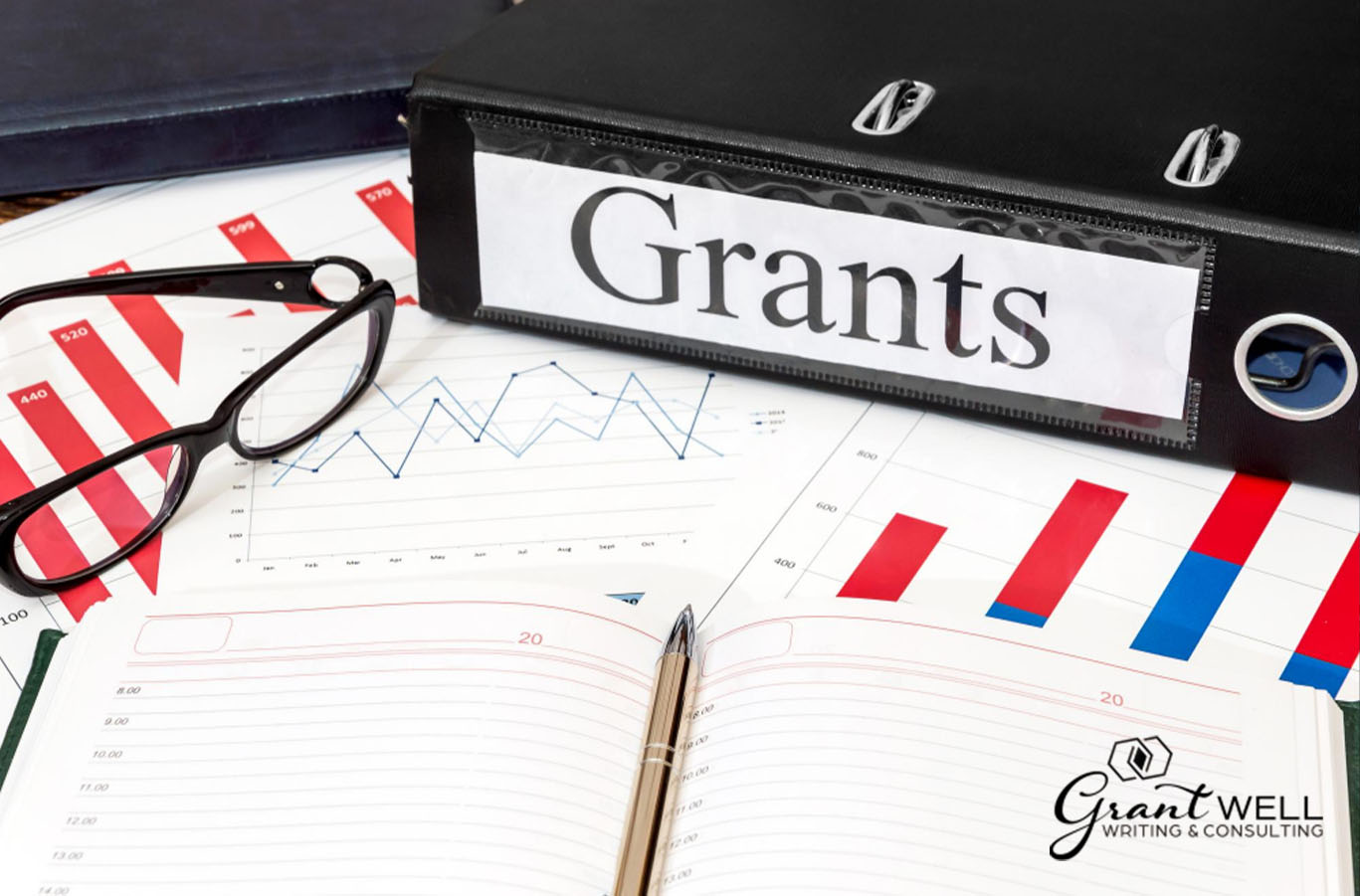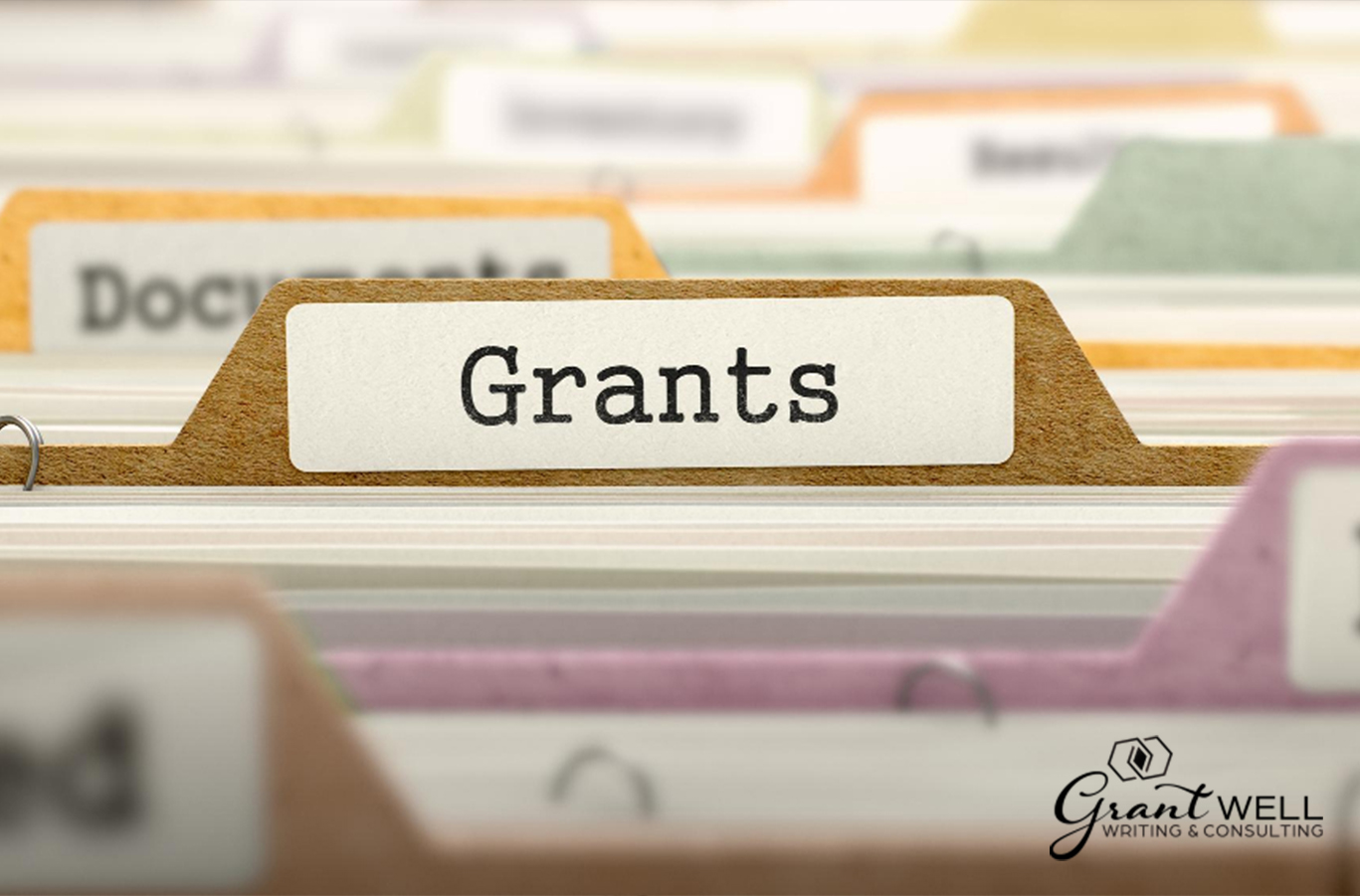The life cycle of a grant consists of three distinct stages: pre-award, award, and post-award. Each stage ensures that the grant process runs smoothly from start to finish; that is, from initial planning to final grant closeout.
The process is essential to the overall success of new grant funding and can help you, the grant seeker, organize information so you can effectively apply for grant proposals.
Take a look at this list of steps to take to get started on a grant proposal:
Gather Internal Information: Gather information on cash flow, number of employees, and volunteers for the application process.
Search Grant Opportunities: Search the grant database for updates on new opportunities and eligibility requirements.
Apply for Relevant Grants: Find the right grants for your organization based on financial needs and funding requirements.
Execute Grant Funding: Once the grant is awarded, use the funding to accomplish your goals.
Close Grant Proposal: Save the necessary information in a shared space that can be accessed anytime, anywhere.
These steps will help you stay on track with the tasks you need to complete each time you apply to a new grant program.
We’ll cover each of these stages and explain the steps you need to take at each stage to create a complete grant proposal.
1. Pre-concession stage
The pre-award stage includes all tasks prior to choosing the grant recipient. These include planning, gathering internal information, searching for grant opportunities, and finally applying for grants.
This stage is important for the overall organization of the grant life cycle as the goal is to collect information and disseminate it to grant makers. Without a clear plan of action, you may end up wasting time that could be spent on your organization’s mission.
There are three steps within the initial pre-grant stage:
Grant Planning: Planning is gathering internal information about revenue, team size, and fundraising needs. Once you’ve gathered this information, you can start looking for grant opportunities that fit your nonprofit’s needs. This could be a specific goal that requires funding or a new mission that you would like to start.
Grant Opportunity: To find the opportunities, you must first organize the information you gathered in step one into simple qualifying points. For example, to be approved for an award of funds, you may be required to have specific in-house skills and experience. You can search for grants, for example, using your country ‘s grant database or you can use workflow management software to optimize your opportunity pipeline.
Grant Application: Once you’ve met the requirements and found a grant that fits your needs, it’s time to apply. Grants with specific criteria will have the necessary information included within the grant opportunity. Use that information to write your request and send it to the appropriate contact.
Some questions you should ask yourself before applying for financing are:
Do I have a clear objective for the use of the funds?
Do I know the income projections?
How many volunteers do I have?
Will this funding help us succeed in our missions?
Once you have submitted your application, you will proceed to the grant award stage, where you will be notified if you have been awarded a grant.
2. Concession stage
The award stage is when the grant maker chooses the grantees. Grant seekers will be notified and, if selected, provided an agreement with the terms and conditions of the grant.
Some terms might be related to the size of your volunteer team or the grant funds you are using for various initiatives. These terms will depend on the type of grant and the amount awarded. Once the grant seeker and funder sign the agreement, the grant will be officially awarded.
If you are not selected for the grant, the process will end at this stage and you can proceed to the grant closing step which involves storing the information for later evaluation.
3. Post-Award Grant Proposal Process
Once the grant has been awarded and the agreement has been signed, it is time to work on implementing the grant. This involves receiving the funds and applying them to your organization.
The second stage consists of two steps:
Grant Implementation: During the implementation stage, you will receive federal funds and begin using them for your intended initiative. You may be required to submit regular reports showing that you are meeting the agreed terms and services and the overall performance of the project.
Grant Closure: Once you have deployed the funds, you can close the grant project. This involves storing data about funding amounts, such as what they were used for, so that they can be referenced in the future. This is also the time to reflect on your business goals and analyze whether the grant was useful. This can help you in future grant proposals.
These two steps are helpful in running and closing the grant process, which is a recurring cycle for most nonprofits. You will repeat these steps for all new grant applications in order to receive federal funds.




